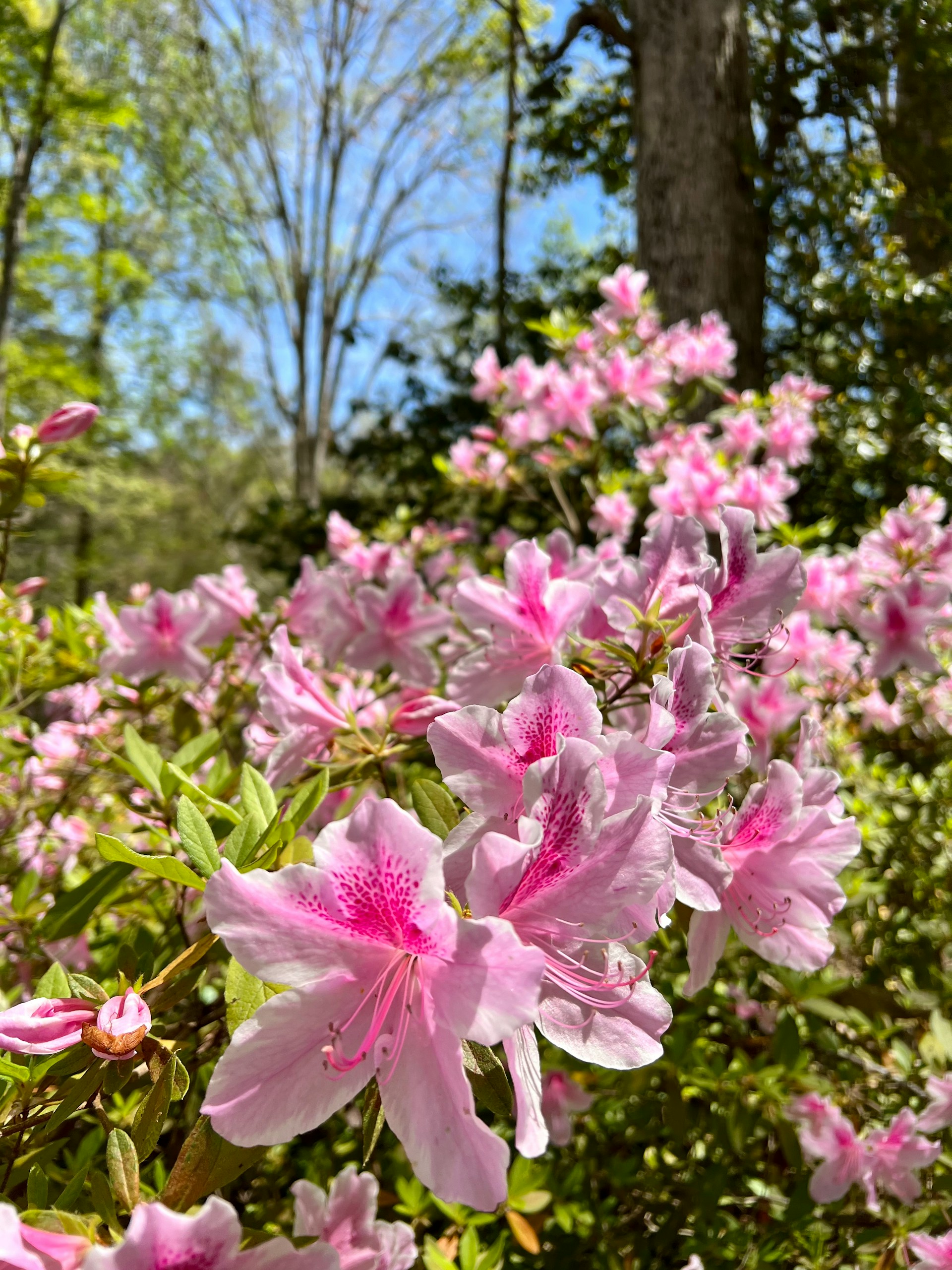Introduction
The allure of hummingbirds is undeniable, with their jewel-like colors, rapid wing movements, and graceful feeding patterns captivating nature enthusiasts and homeowners alike. On a larger scale, these avian wonders play a crucial role in nature as pollinators, influencing plant diversity and ecosystem health. As part of our commitment to promoting wildlife-friendly gardening and local biodiversity in South Carolina, we’ve prepared a comprehensive guide on attracting hummingbirds with fast-growing flowers native to the region.
South Carolina’s climate, characterized by hot, humid summers and mild winters, along with its nutrient-rich soils, creates an optimal environment for a rich plant diversity. This local vegetation includes several fast-growing and native flowers that are natural magnets for hummingbirds. Our guide provides a detailed overview of these valuable plants, along with tips on care, regional suitability, and long-term growth options.
Fast-growing flowers in South Carolina to attract hummingbirds
Fast-growing varieties offer an infusion of color and quickly attract hummingbirds, serving to jump-start an ornamental garden perfectly attuned to the South Carolina climate. Here are our top selections:
- Crape Myrtle: Recognized for its summer-long blooms in a spectrum of colors, this flower is heat and drought-resistant, contributing to the thriving populations of pollinators, especially hummingbirds. Ensure it has access to full sun for optimal growth.
- Salvia: With its bright, aromatic flowers, salvia charms hummingbirds and butterflies alike while offering full sun and partial shade tolerance, making it a lovely addition to a garden.
- Zinnias: These vibrant, low-maintenance blooms only need full sun to thrive and come in a plethora of colors to enliven any garden and attract hummingbirds.
- Lantana: Known for its colorful and low-maintenance nature, lantana thrives in slightly acidic soil and warm temperatures. It’s a proven lure for butterflies and hummingbirds alike.
Maintenance of these fast-growing flowers typically involves understanding their sunlight, soil, and watering needs. Seasonal care practices can also involve pest management and fertilization for long-term plant health.
Native South Carolina flowers for hummingbirds
The use of native plants creates a sustainable, self-sufficient garden that supports local ecosystems by attracting native wildlife and maintaining the flora’s natural resistance to pests and invasive species. Here a few native South Carolina flowers that are favorites for hummingbirds:
- Coneflowers (Echinacea): These bright, deer-resistant plants are natural hummingbird attractants that prefer full sun.
- Butterfly Weed: Preferring full sun and presenting vibrant orange flowers, these plants are commonly found in the Piedmont region. Apart from hummingbirds, they also attract butterflies to the garden.
- Trumpet Vine (Campsis radicans): This fast-growing perennial attracts hummingbirds with its vibrant display of color. However, due to its potentially invasive nature, it requires regular trimming.
- Trumpet Honeysuckle (Lonicera sempervirens): This plant is less aggressive and perfect for attracting hummingbirds with its May to June bloom.
When introducing native flowers, consideration should be given to their long-term growth patterns, potential for invasiveness, and management needs.
Flowers for Southern South Carolina and Longer-term projects
For those situated in the southern reaches of South Carolina, flowers that can tolerate more extreme heat are advised. Two such plants are:
- Indian Pink (Spigelia marilandica): This plant is native to the state, thrives in partial to full shade, and blooms in June.
- Orange Jewelweed (Impatiens capensis): Another native flower that prefers full shade, this plant blossoms from May to September.
For those who don’t mind a gardening project that pays off over time, we recommend:
- Crinum Lilies: Thriving in humidity and heat, these big, fragrant flowers over time become a hummingbird’s favorite.
- Daylilies: These flowers are resilient, colorful, and thrive in both direct sun and light shade.
- Cardinal Flower (Lobelia cardinalis): Blooming from July to September, this flower prefers moist, partially shaded areas.
- Bee Balm (Monarda): This flower blooms from July to September and is both deer and drought-resistant.
Practical Tips for a Hummingbird-Friendly Garden in South Carolina
General recommendations for South Carolina’s climate include regular watering, preferably in the morning, ensuring well-drained and fertile soil, and providing optimal sunlight exposure based on plant requirements. Additionally, consider the following DIY tips and companion plant strategies:
- DIY guides to help you plant and care for these flowers.
- Identification of the best companion plants for a healthy hummingbird habitat.
- Strategies to minimize maintenance while maximizing benefits.
Seasonal maintenance schedules and extreme weather protection considerations are also vital to maintaining a year-round, hummingbird-friendly garden. Striking a balance between the charm of the cultivated and the wild, these gardens can create a sustainable, vibrant, and environmentally friendly oasis for both flora and fauna right in your backyard.
Conclusion
Gardening can be as nurturing to the soul as it is to the earth. By planting locally-adapted, fast-growing flowers, we not only bring instant color and life to our yards but also contribute to the sustenance of our resident hummingbirds and other wildlife. Whether you are a beginner or a seasoned gardener, embracing native South Carolina flowers for hummingbirds and creating a vibrant, sustainable landscape can offer meaningful engagement with our environment.
Remember, you have a variety of options to choose from, each with their specific care needs and growth timelines. And beyond the aesthetic appeal, consider the role your garden plays as a local ecosystem, supporting hummingbirds and other wildlife. It may just be a patch in your backyard, but for our delicate pollinators, it can serve as a vast banquet hall.
We hope this guide motivates you to don your gardening gloves, pick up your spade, and play your part in nurturing South Carolina’s enchanting populations of hummingbirds one flower at a time.

